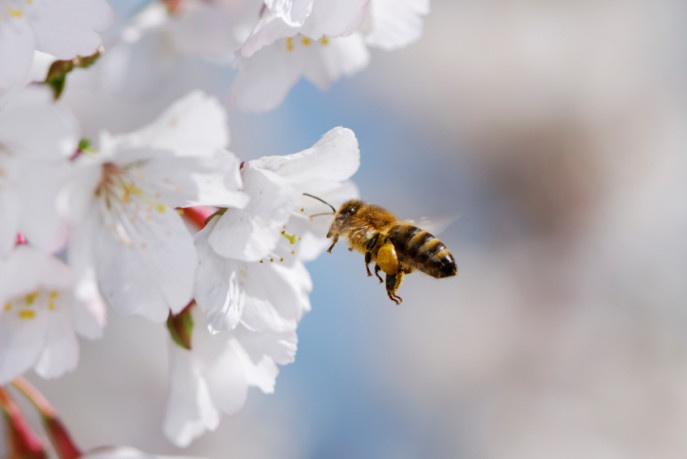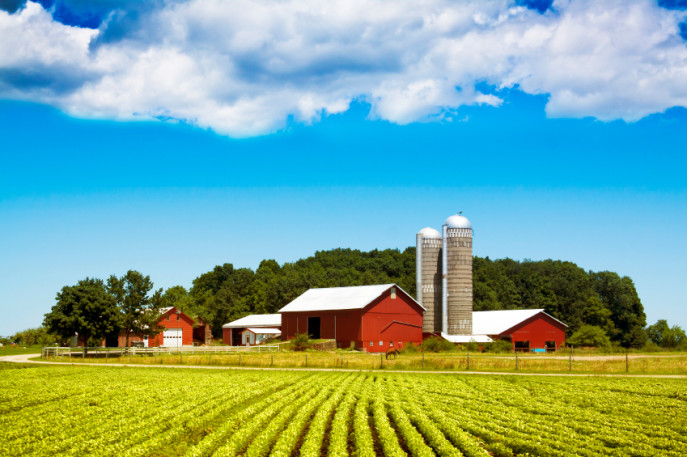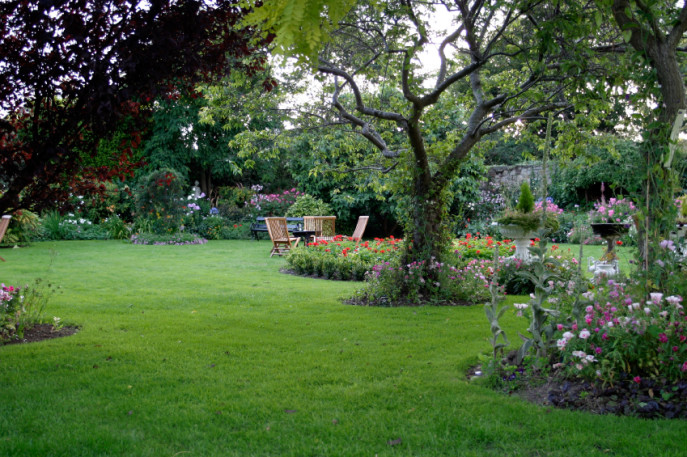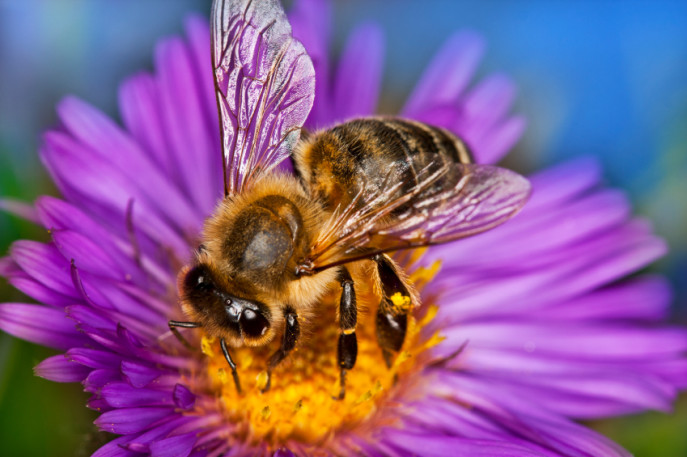The humming that you hear when you step into the garden in summer is the song of hundreds of bees, honey and bumble, moving pollen from one flower to another as they feed. Not only a charming aspect of the garden, bees are responsible for the successful pollination of fruits, nuts and many vegetables, including many of the plants you grow in your backyard. Honeybees are critical to agriculture. Best-selling food author Michael Pollan has estimated that they pollinate thirty to forty percent of the food we consume.
With so much at stake, the health of our honeybees has to be a primary environmental concern. For the past few years, though, bees have been dying off from what was, at first, an unknown cause. Labeled “Colony Collapse Disorder,” the die off began to get the attention it deserved from scientists worldwide. Several theories were proposed, including mites, viruses or other pathogens, or a decline in natural habitat. Increasingly, however, scientists began to identify two main sources of concern: farming monoculture, where bees suffer a dietary imbalance from feeding on only one kind of pollen, and a new class of neurotoxin pesticides, called neonicotinoids.
(I first wrote about the danger to bees in April 2013; you can read that post here. )
Although nicotine has been used as an insecticide since colonial times, today’s nicotinoids are different. Based on nicotine, they also include clothianidin, thiametoxam and imadacloprid, among other chemicals. They’re used to coat plant seeds, and are released as a lymph inside the plant as a permanent insecticide. Bees who have sucked dew from maize leaves that absorbed neonicotinoids becojme disoriented, get lost on their way back to the hive, and die.
Nantucket beekeeper David Berry, owner of the Nantucket HoneyBee Company, says, “(The nicotinoids) are literally part of the tissue of the plant itself. It seems to be collectively lethal to bees. The wax in a beehive is like a sponge. Over time these chemicals collect in the wax and seem to become much more damaging to the bees.”
There is some good news, though! Greenpeace reports that the Environmental Protection Agency (EPA) is introducing new labels for neonicotinoid pesticides that will prohibit the use of those pesticides when bees are present. The labels will include information to reduce spray drift, and in red letters, they will read “this product can kill bees and other insect pollinators.”
Europe has already gone one step further, and has banned the use of neonicotinoids entirely, due to their fatal impact on European bee colonies. A bill was just introduced in Congress to impose a ban on neonics until a scientific study can prove no harm will come to bee colonies from its use. Greenpeace has a three step plan that includes:
- Banning the seven most dangerous pesticides
- Preserving wild habitat
- Restoring ecological agriculture
Ultimately, there must be a ban similar to Europe’s in order to protect our vital bee population. Labeling is a step in the right direction, but it doesn’t go far enough.
Here’s How You Can Help
You can sign the petition asking Congress and the EPA for the ban on neonicotinoids, support local, organic farms in your region, and plant a bee-friendly garden of your own.
Your choices do make a difference in keeping the earth around you a healthy home for bees and other wildlife. Here’s a step by step plan to help you create a bee-haven, with some added tips from beekeeper David Berry:
Step One: Do not use fungicides, herbicides or pesticides in your garden, relying instead on natural controls for insects and other gardening problems. Read my tips on organic gardening here.
Step Two: Plan your garden to include pollen and nectar sources as close to all year round as possible. On a warm winter day, honeybees may be out foraging for food for their young.
Step Three: Start with the earliest bloomers, including witchhazels, willows and Acer maples. David Berry adds that letting part of your property go back to its wild state helps to feed bees and other beneficial insects. He stresses that urban areas can be wonderful places for bees to collect nectar, too, where people plant gardens and water them. The next most important time is the middle of the summer, when the heat builds and not much is in bloom. That’s when plants such as Russian Sage and Lavender can be helpful. Clethera, sometimes called Sweet Pepper Bush, blooms on Nantucket in mid-summer, produces a beautiful fragrance and makes great honey. Luckily for Nantucket beekeepers, much of Nantucket’s open space has clethera growing on it, says Berry.
Step Four: Plant masses of flowers, as single plants may not attract bees. Another tip from David Berry: look for older cultivars. The older variety of plants are better for bees, including clover as part of the lawn. It wasn’t until the fertilizer companies convinced people that clover was a weed that it began to disappear. Clover makes some of the best bee nectar!
Step Five: Plant with the bees’ favorite colors: purple and blue, followed by yellow and orange.
I would add my own petition, that if we are to protect the earth and all the living things in it, that we must first remember to see beauty in the smallest forms of life, and then share that beauty with a child. Here are wise words from one of my favorite naturalists and authors, Rachel Carson, from her book The Sense of Wonder:
“And then there is the world of little things, seen all too seldom. Many children, perhaps because they themselves are small and closer to the ground than we, notice and delight in the small and inconspicuous. With this beginning, it is easy to share with them the beauties we usually miss because we look too hastily, seeing the whole and not its parts. Some of nature’s most exquisite handiwork is on a miniature scale, as anyone knows who has applied a magnifying glass to a snowflake.”
Learn more about Rachel Carson and her work here.
For a humorous look at the life of bees, watch Bee Movie, written by Jerry Seinfeld! The cartoon does point out that without bees pollinating our flowers and crops, plant life and our food chain would be in serious danger. Watch a short clip here.
For more information on bees, visit HoneybeeLives.org.












